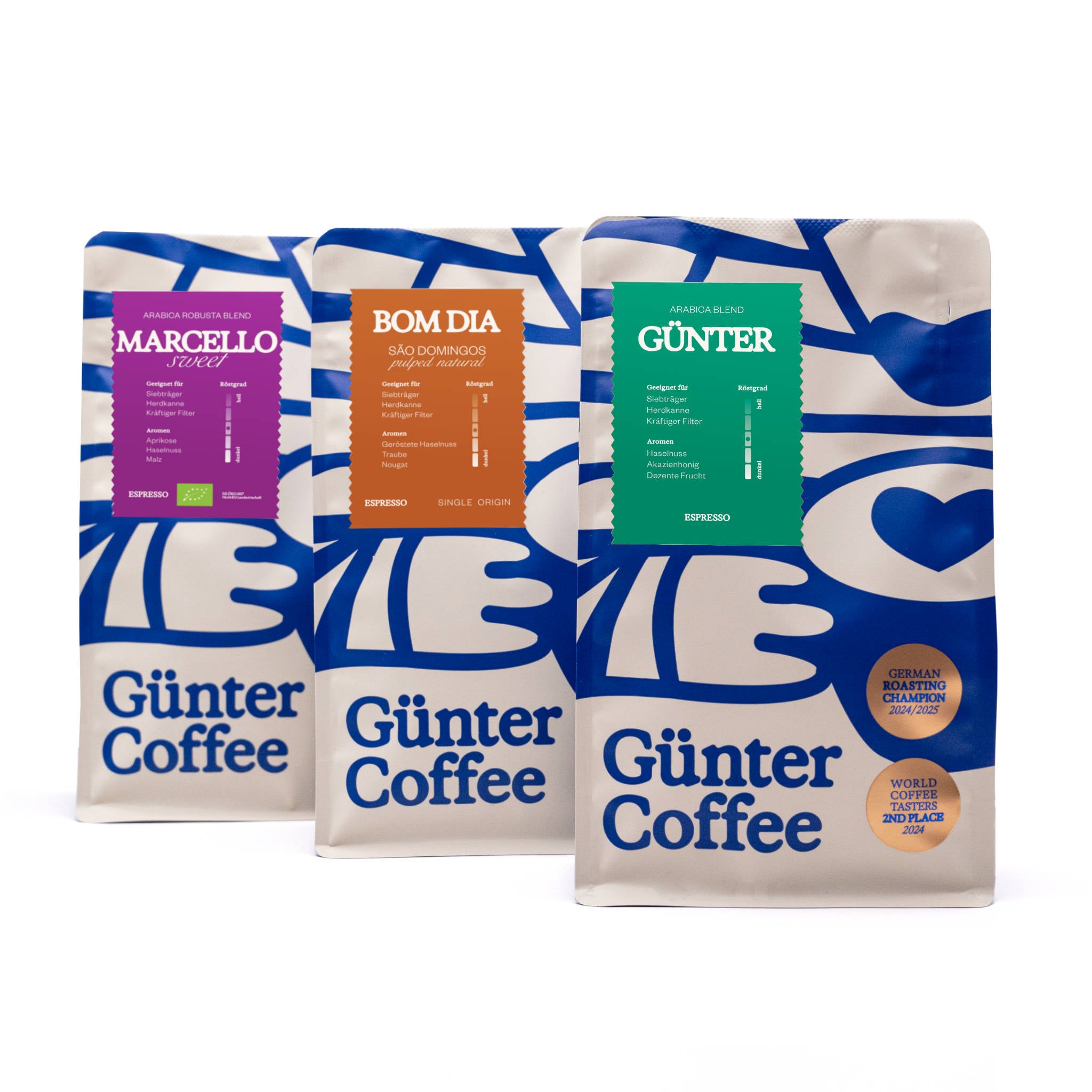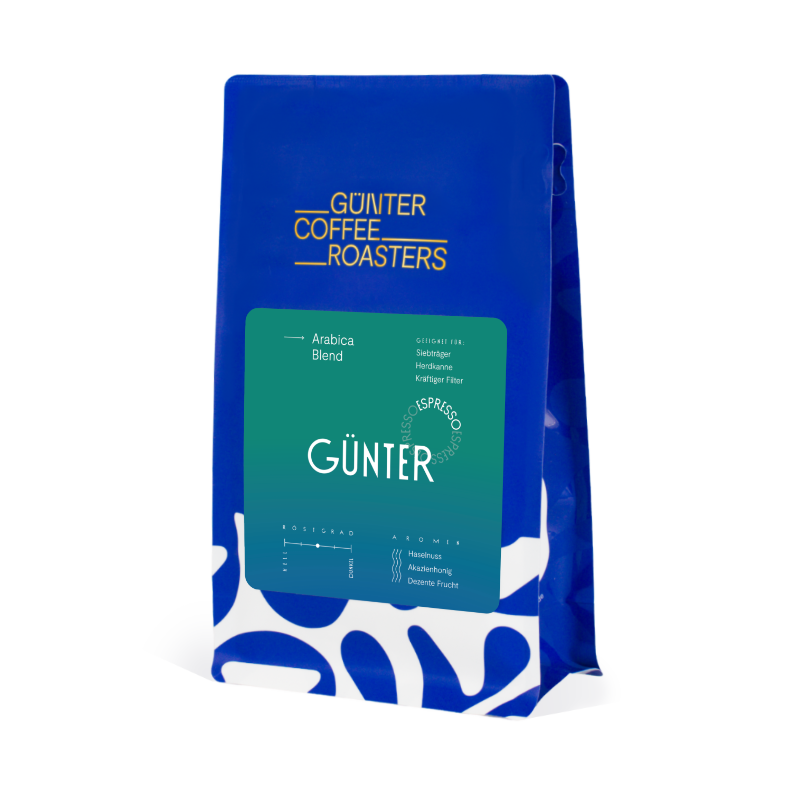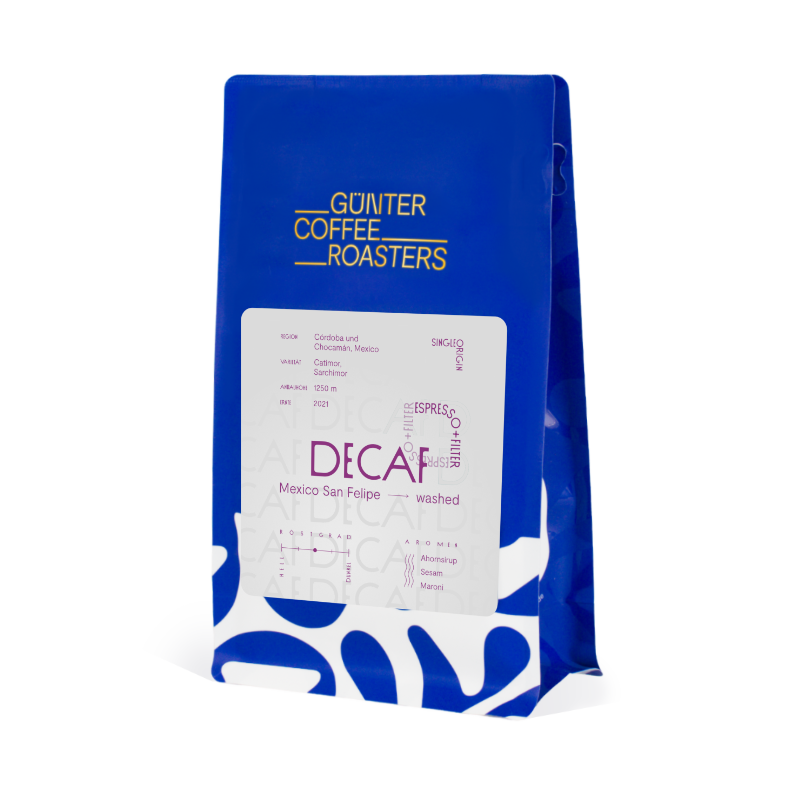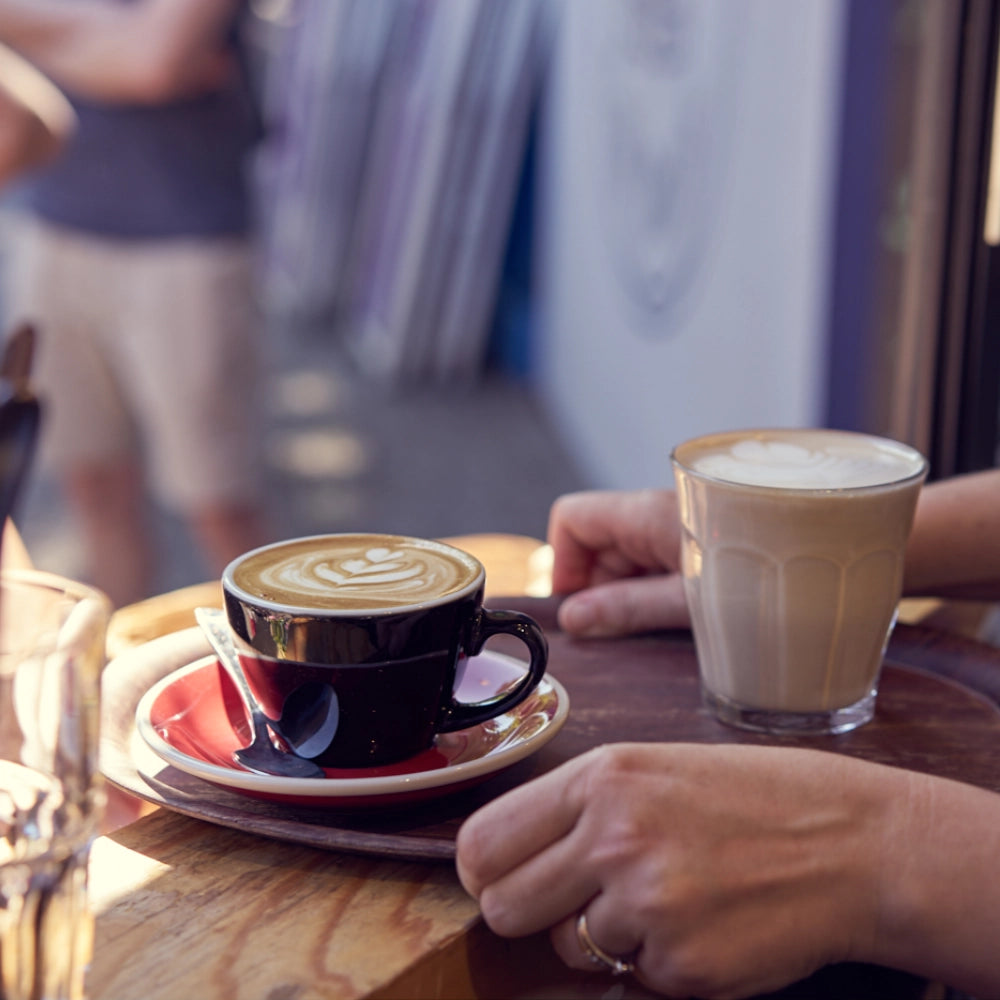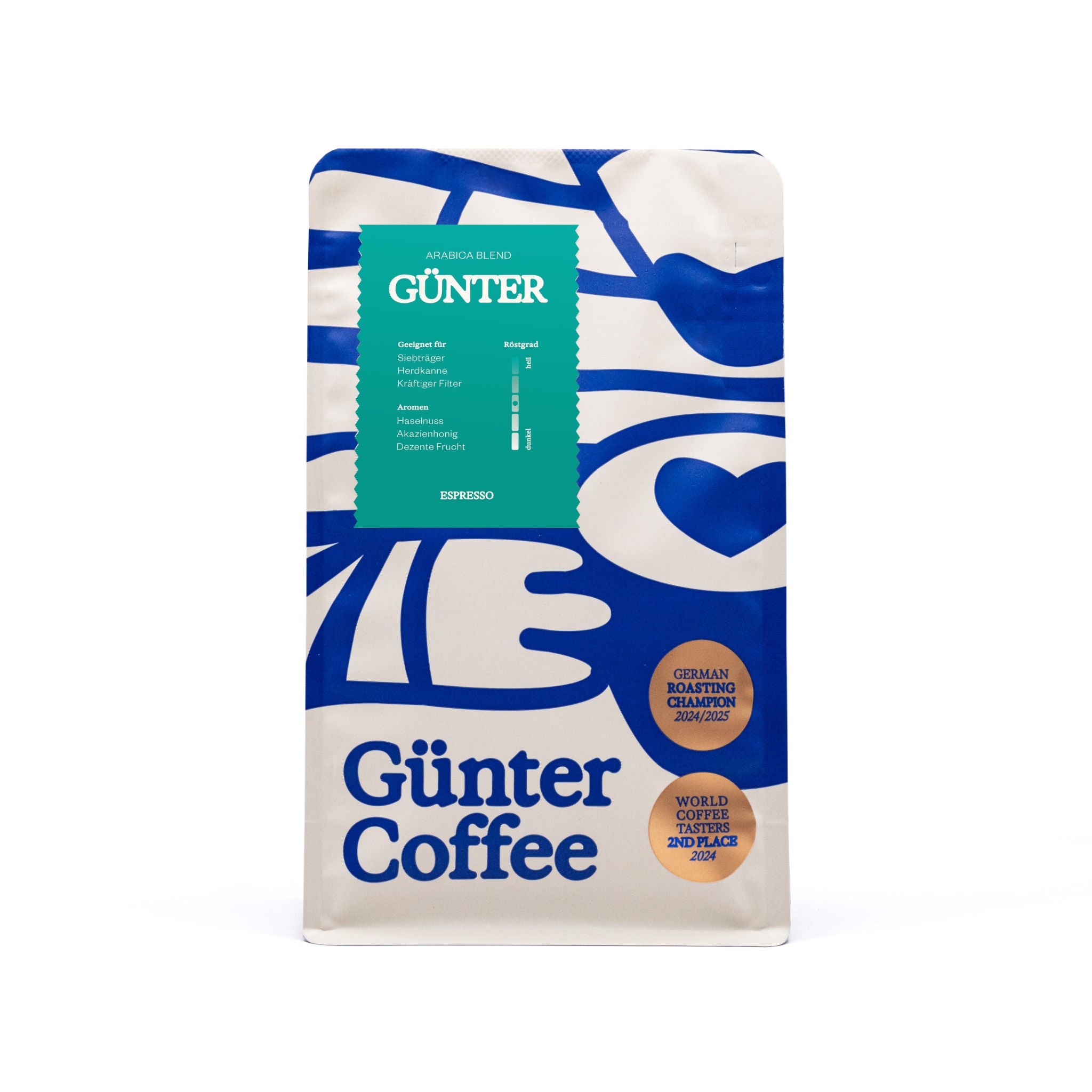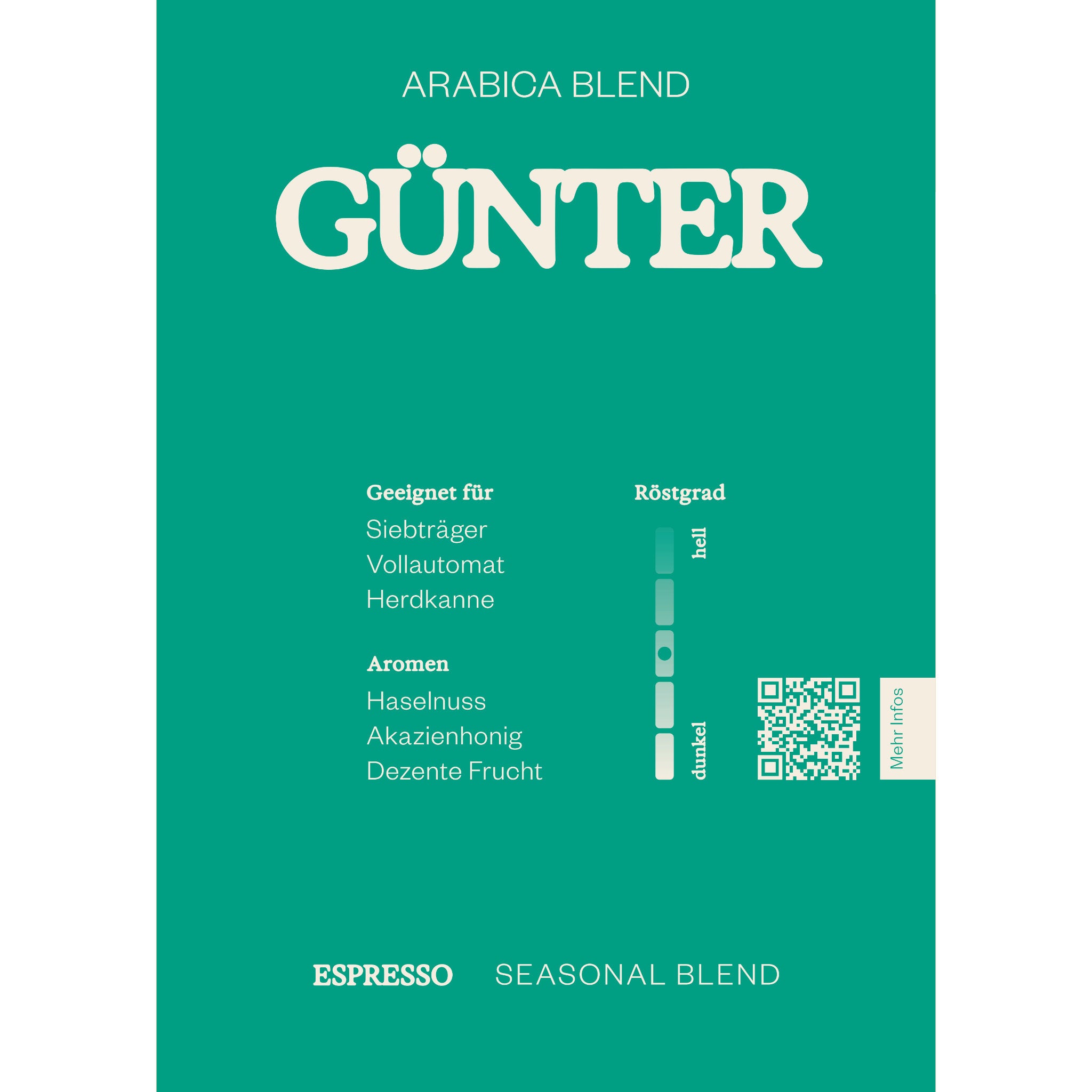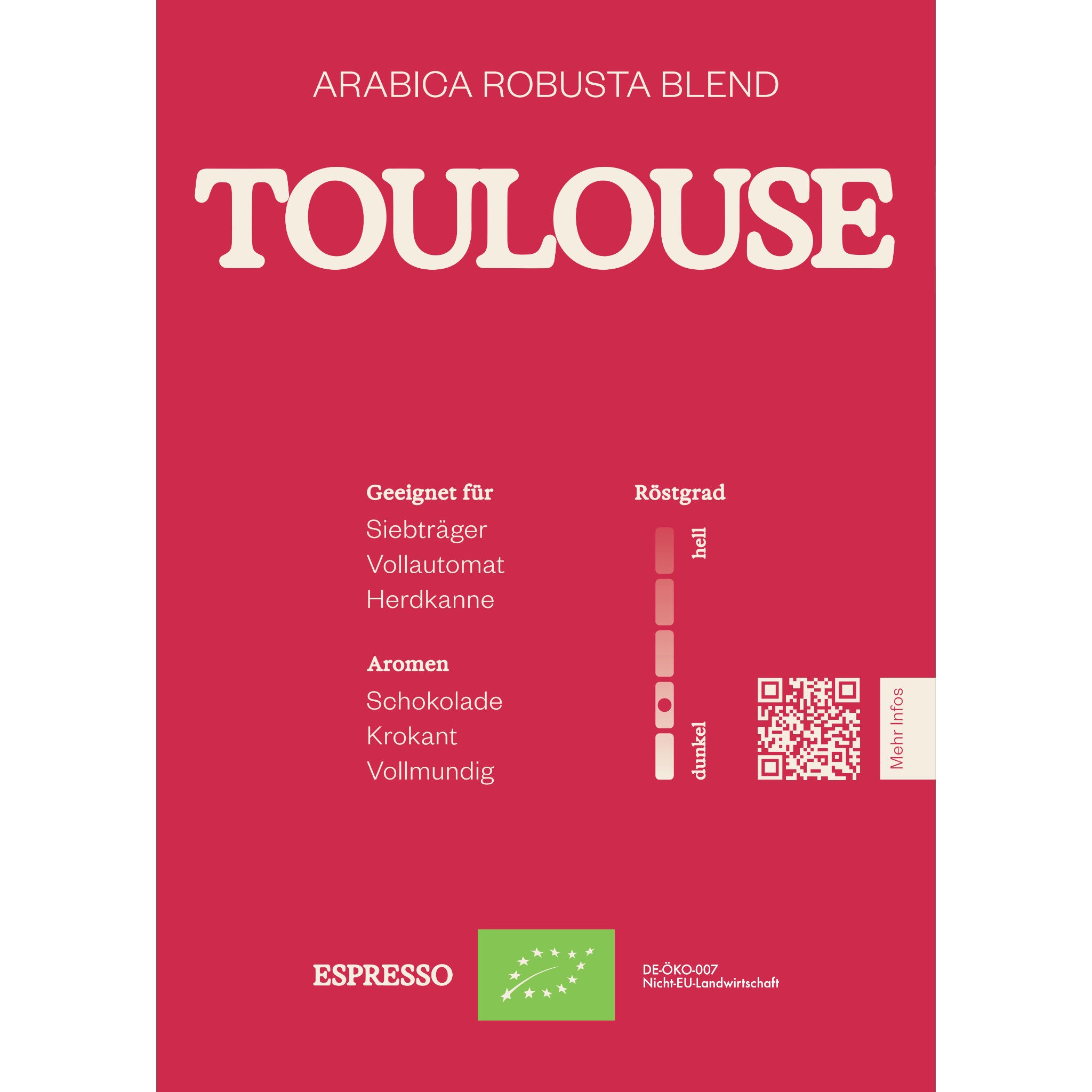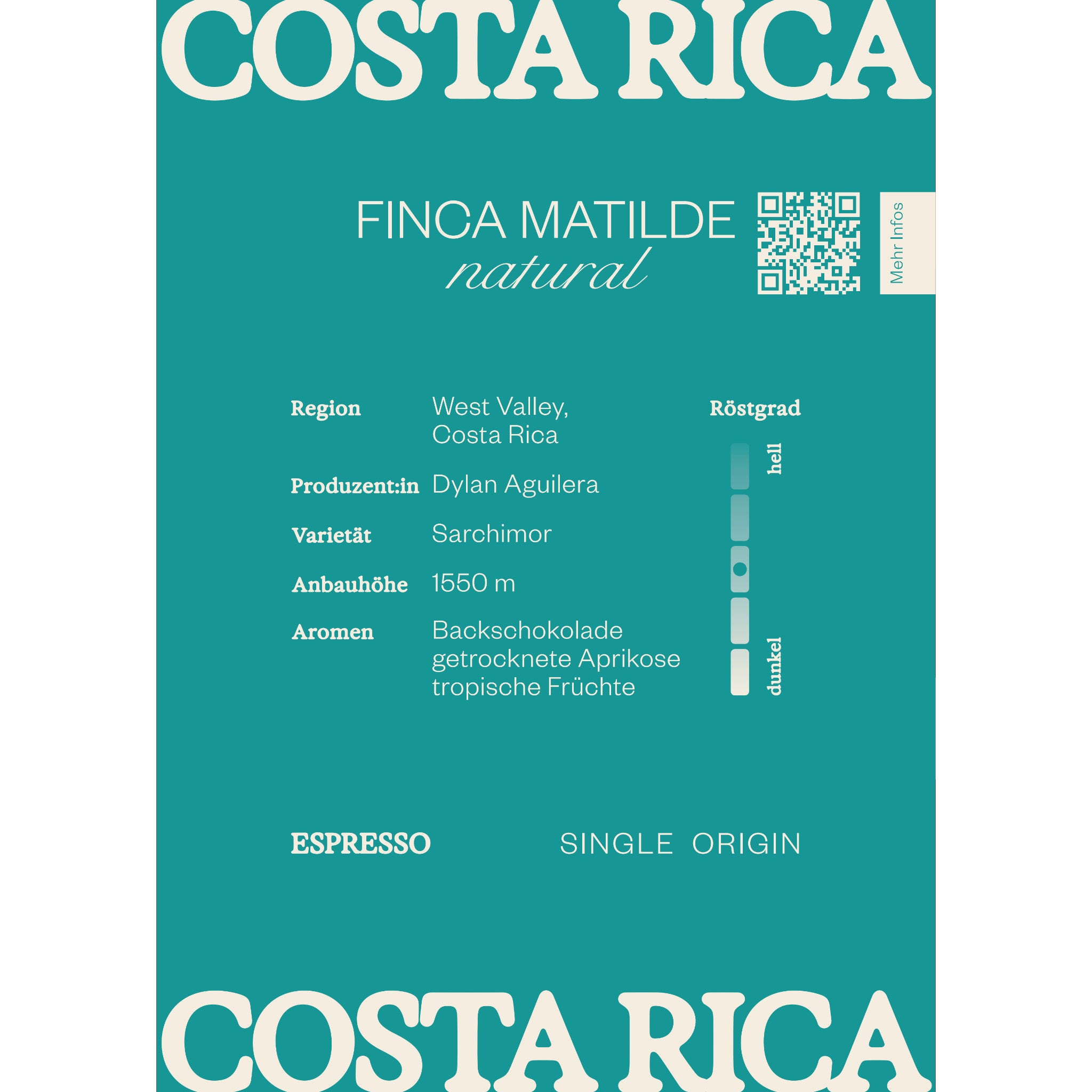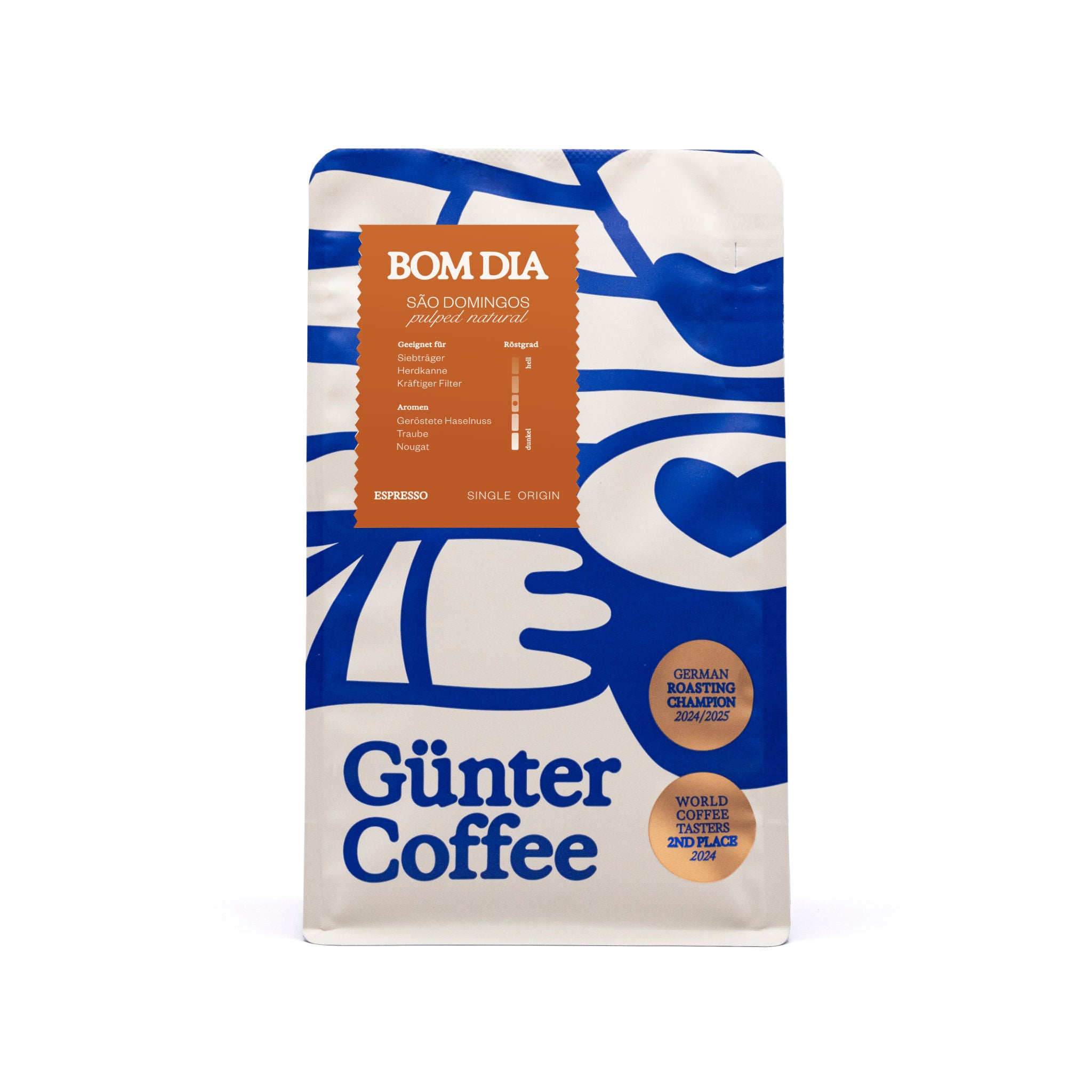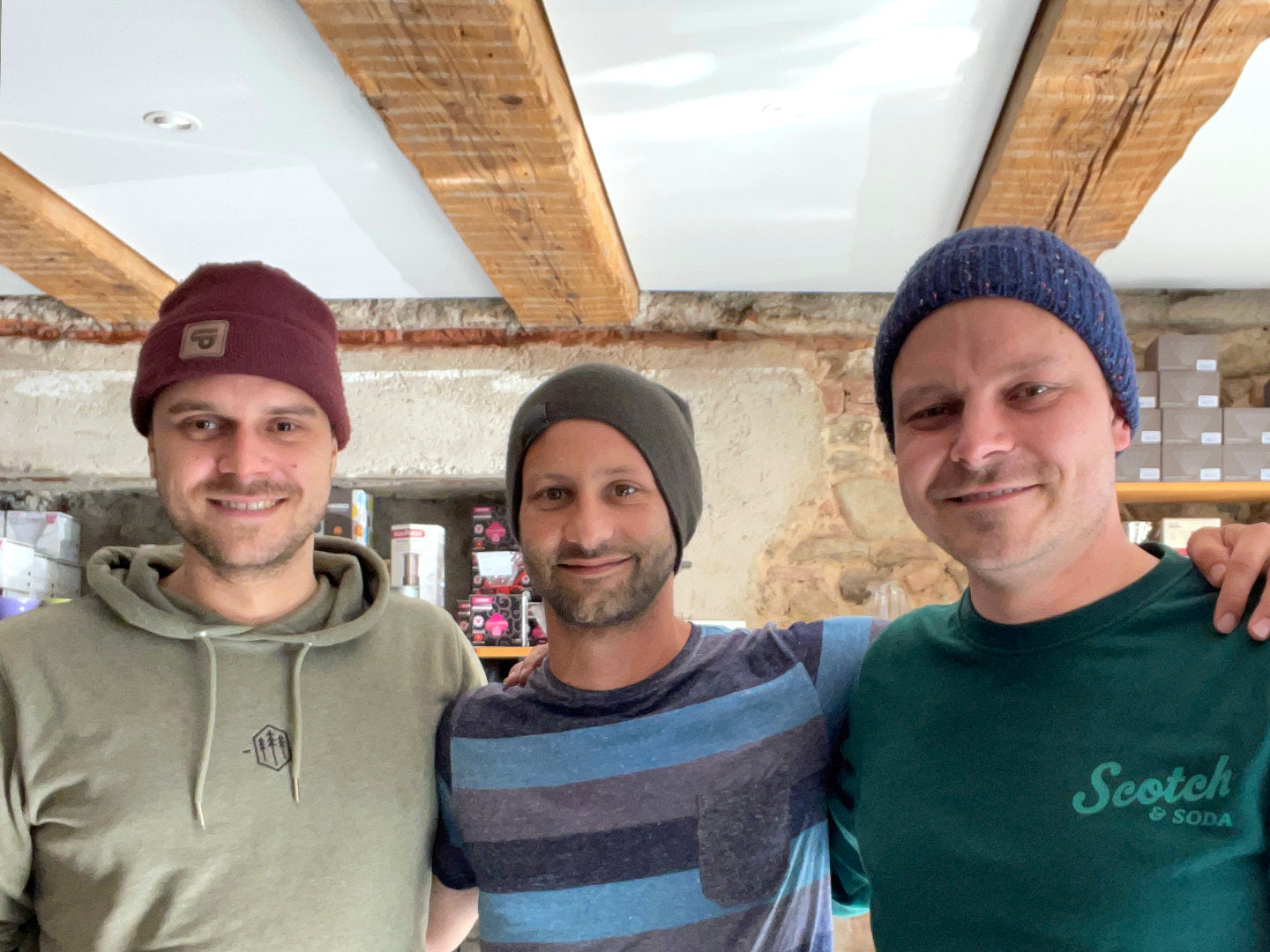We purchase green coffees from Ocafi for our roastery, which are part of our Günter, Bom Dia and Brazil Santa Alina coffees. Luis is Brazilian and has been around coffee since he was a child. Like us, Niklas comes from Freiburg, Germany, where we met him a few years ago. Find out here how they found coffee, what drives them and what they plan to do with Ocafi.
Luis came into contact with coffee at an early age. His family runs five farms in Brazil, one of which he now manages. Over the years of his studies, Niklas has become a big coffee lover, as he says. The two met at the university in Frankfurt, Germany, where Luis was spending a year abroad to learn German. Back then, they became friends and were fascinated by the blossoming specialty coffee scene in Europe.
Founding their own company
Niklas visits Luis in Brazil in 2017 and the idea arises to export Luis' family's coffees directly and thus streamline the supply chain. No sooner said than done: in the same year the two founded Ocafi GmbH in Germany as an import company. In 2019, Ocafi Ltda in Brazil joined as an export company. In this way, they create the opportunity to achieve better sales prices for the farmers and at the same time be able to compete on price with the larger importers.
At the beginning, the two of them struggle with all sorts of hurdles. It is important to understand the market, examine the pricing in order to calculate correctly, and manage differences in quality. But the most difficult thing as a new company in an established market is to gain the trust of potential customers, says Niklas.
The two of them have overcome these hurdles. Today they have to struggle with the growing volume, which also increases the risks - especially with coffee prices fluctuating significantly. There is a lot of persuasion to be done here and knowledge to be imparted in order to make the social and ecological growing conditions transparent.
Fairness and sustainability at Ocafi
In Brazil, Luis mainly takes care of the farm and the relationships with the partner farms as well as the logistics to Germany. Niklas is responsible for imparting knowledge and persuading people in Germany. He has to find ways to credibly convey why it is worth spending a little more on good, fair and sustainable coffee.
In order to meet their demands in terms of fairness and sustainability, the two rely on a number of measures. On the one hand, they buy their green coffee well above the market price, currently at least ≥30%, says Niklas. To ensure that the money reaches the farmers, they regularly visit their partner farms and talk to the people. They also get an idea of the ecological conditions of coffee cultivation.
They have committed to becoming CO2 neutral by 2022. They want to plant 3,000 trees this year. They also want to set up a scholarship program to support young athletes from nearby São José do Rio Pardo.
Where the journey takes Ocafi
In 2019, Luis and Niklas opened their own coffee laboratory on Fazenda Pinheiro. They see it as a creative space for the development and quality control of their coffee. To do this, they continually take samples – even in the growth phase, before harvest. In this way, they uncover optimization potential and improve the character of each coffee through informed decisions about the further steps in cultivation and processing.

The Ocafi team in the company's coffee laboratory.
The two of them are also interested in creating a social space that exudes future promise and thus motivates them to improve coffee together and continuously. The laboratory will become the hub of their coffee business in the future. They want to offer a platform through which farmers and roasters can network directly in order to build closer trading relationships.
Luis and Niklas see themselves in an intermediary role in the future, taking care of quality control, logistics and financing. They then only want to initiate contacts between farms and roasters, not stand in the way. Direct contact should create more transparency and long-term personal relationships.
Our coffee from Fazendas Aliança and Santa Alina
The Fazendas Aliança and Santa Alina are two partner farms of Ocafi. Both Renato and Tuca have known Luis and Niklas for a long time. They are convinced by their management style and appreciate the social projects that take place primarily at Tucas Farm Santa Alina. Up to 30 families live here who see themselves as an equal community. School lessons, playing music together and art are an integral part of life on the fazenda. At Renato's Fazenda Aliança there are around 6 families who live here all year round.
Luis and Niklas help both farm projects during the harvest season with advice and tips to continually improve the coffee quality. The harvest usually starts in mid-April and, depending on the altitude of the farms, lasts until mid/late August, and on Santa Alina even into September. The younger trees and the slopes are harvested by hand, the other lots by machine.
Ocafi takes samples during the harvest period and evaluates the coffees in order to be able to give direct feedback on what works and what doesn't. After the harvest, the coffee beans are dried on the farm's own patios. They are then placed in dryers where they remain until they only have 11.5% residual moisture. The coffee is then stored in silos for a few weeks and then into a warehouse from which it is then shipped to its destination countries.
The individual coffee stations
Cultivation, harvesting and processing take place on the farm. Luis and Niklas check the quality in the laboratory to make purchasing decisions. The beans then go to a warehouse in Brazil, where they are sorted and packaged. Then we head out to sea. Shipping from Santos to Hamburg takes between 25 and 28 days. Once in Germany, the coffee goes back into storage until it is transported to its destination, in our case Freiburg.
The picture for the article was taken in June 2022 during Mats' coffee trip to Brazil.
